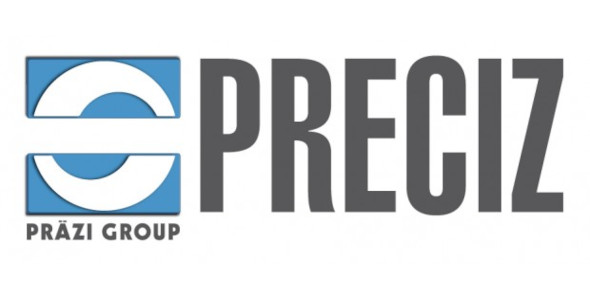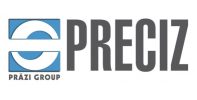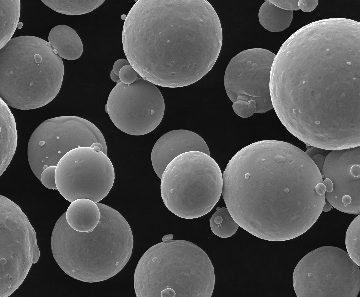Inductors for surface hardening
From Michal Kaňák|Published 5. 10. 2023 |3 min reading

The use of 3D LPBF printing of copper in the field of induction heating has become known to many companies in recent years. Thanks to this method, it is possible to achieve a multiple extension of the service life of the inductor, a reduction of the power input to the system and a shortening of the delivery time.
Date of implementation: May 2023
Industry: Surface hardening
Number of employees: 250 +
The company PRECIZ s.r.o., part of the Präzi Group holding company, bet on a partnership with SAFINA in the development and production of induction coils for surface hardening. One of the company’s activities is the production of precise long rails used primarily as linear guides for machine tools and industrial robots. The surface of these rails must be hardened in order to achieve the required mechanical properties.

Until now, the assembly of parts (copper coil, copper profiles and steel shower) used for surface hardening of the rails was produced by manual labour (bending and subsequent soldering of Cu profiles). The production was very demanding on the manual skills of the worker, and due to the soldering, the impurities introduced into the system caused a relatively low service life of the entire assembly
The goal of the project is the complete conversion of assemblies used for surface hardening of steel from conventional to additive manufacturing. Thanks to additive manufacturing, the introduction of impurities into the solder joints is eliminated during manufacturing and human error during the production of coils are eliminated. The absence of welds also ensures a much longer service life.

Copper powder (purity at least 99.95%) with a particle size distribution (PSD) of 15-45 µm was used for the 3D printing itself. Thanks to the controlled oxygen content (approx. 200ppm), it is possible to achieve excellent flowability as well as melting stability on the exposed layer. During several months of testing, very positive results were achieved. The service life of the entire assembly of parts has been extended almost tenfold, even while the cost of manufacturing the entire assembly has been reduced. Thanks to the high electrical and thermal conductivity and the absence of welds of printed copper parts (more than 97% IACS – International Annealed Copper Standard), energy savings during operation (approx. 10%) were also achieved.
We firmly believe that the cooperation with Preciz will continue also in the future and we will be able to work together to optimize other assemblies for additive manufacturing, and even better results can be achieved.
Sourcej: Safina, a.s.



